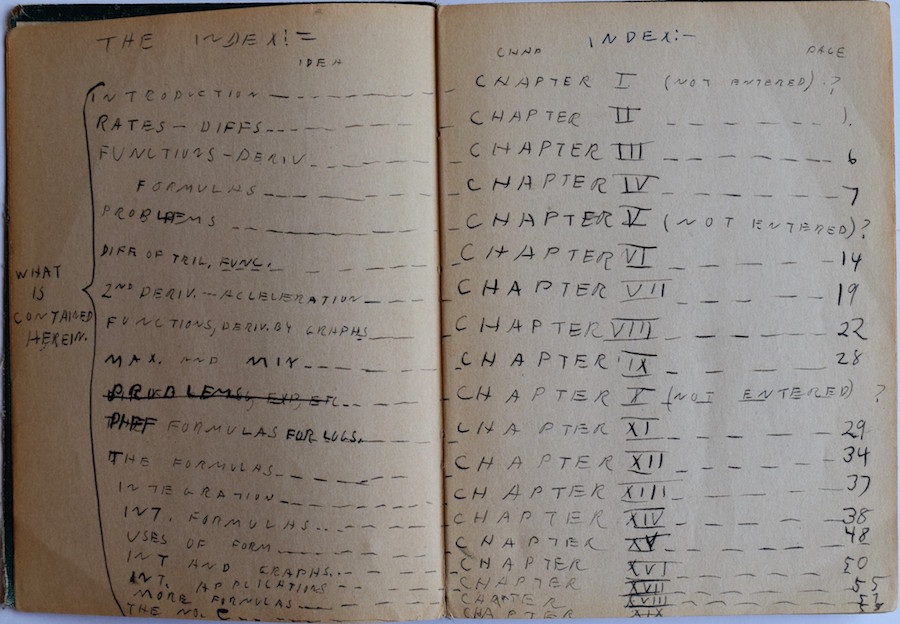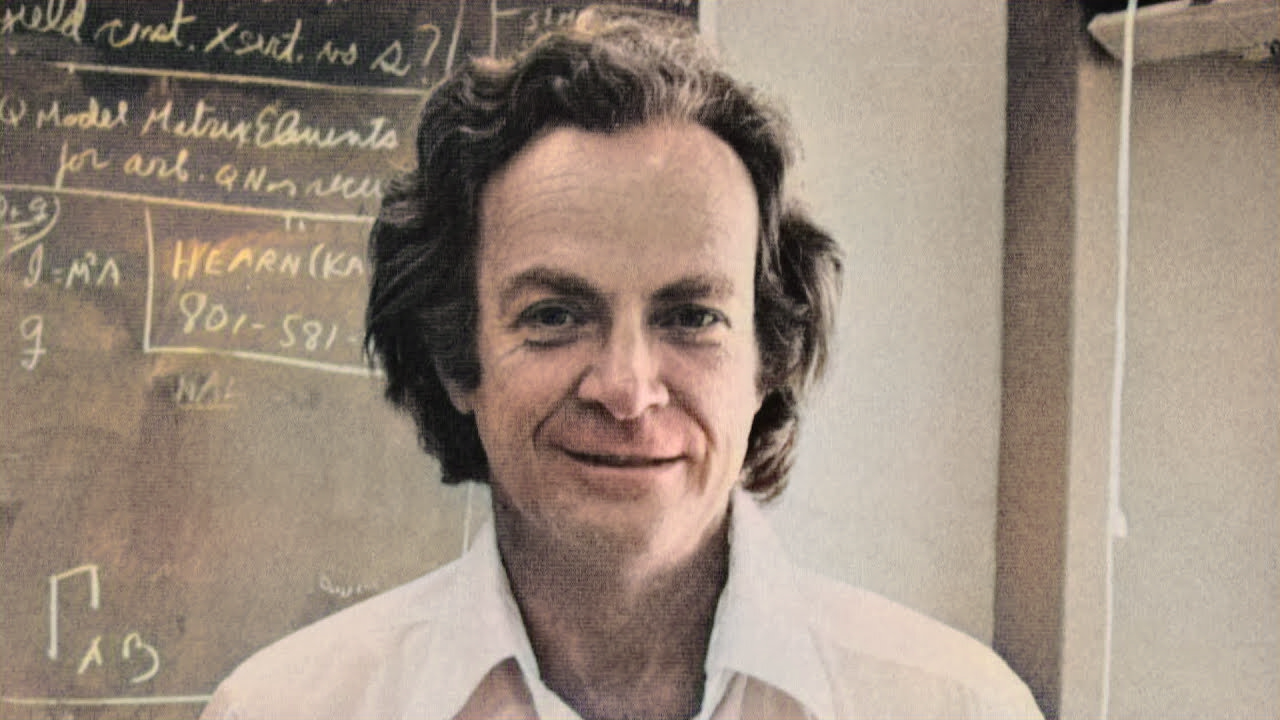
According to a study, 40% LGBTQ scientists remain closeted at work. While we don't think this post will drastically change the mindset but it will hopefully serve as a conversation starter. Here is a list of LGBTQ scientists who changed the world.
Alan Turing
He was a British mathematician who is well known as the father of theoretical computer science and artificial intelligence.
His pivotal role in the second world war was documented in award winning movie The Imitation Game which starred Benedict Cumberbatch.
Turing was arrested by the police because of his homosexuality in 1952. He chose chemical castration over going to prison to focus on his work. However, he went into depression soon after.
Turing committed suicide in 1954 by eating an apple laced with Cyanide. It is said that the logo of Apple computers is a homage to Turing.

In 1999, Time magazine named Alan Turing as one of the 100 most important people of the twentieth century. Later on, an official apology by the British government was also made.
Isaac Newton
In 2005, schools across UK included lessons on modern as well as historical gay icons such as Freddie Mercury and Isaac Newton respectively.

While many biographers, including Richard Westfall in his 1000 page account of Newton, argue that Newton was homosexually inclined (focusing particularly on his close relationship with the Swiss mathematician Nicolas Fatio de Duillier) others are not so keen.
Still, people find it rather odd that a figure as popular as Newton may have died a virgin.
When asked to answer on Newton's personal life, a Quora user jokingly commented: Newton was closeted of course, as men of his time had to be. But he gave a big hint by shining a rainbow for all to see.
Leonardo Da Vinci
Renaissance society did not have the idea of firm sexual orientation that prevails today and many men were in practice bisexual.
According to Walter Isaacson's biography, Leonardo Da Vinci lived life as an openly gay man and while that is the generally accepted position, some say that the artist and inventor was celibate.
The only written evidence, so far as his personal life is concerned, is a 1476 document in which Leonardo was charged with sodomy involving a well-known male prostitute.
Since that date, much has been speculated and written about his presumed homosexuality and especially its role in his art.
Francis Bacon
He is known as father of modern science thanks to his invention of an empirical method of doing science which is called the scientific method. Historical notes, such as letters exchanged between Bacon's mother and brother, have shown that he was primarily attracted to men.
Sally Ride
She was an American astronaut and physicist who became the first American woman to go to space. Ride was only 32 years old at the time of this achievement and remains the youngest American to have been to space.
She was in a private relationship with former Tennis player and science writer Tam O'Shaughnessy. They were together for 27 years until Ride's death due to pancreatic cancer.
























 Physics, astronomy and science history blog for students
Physics, astronomy and science history blog for students